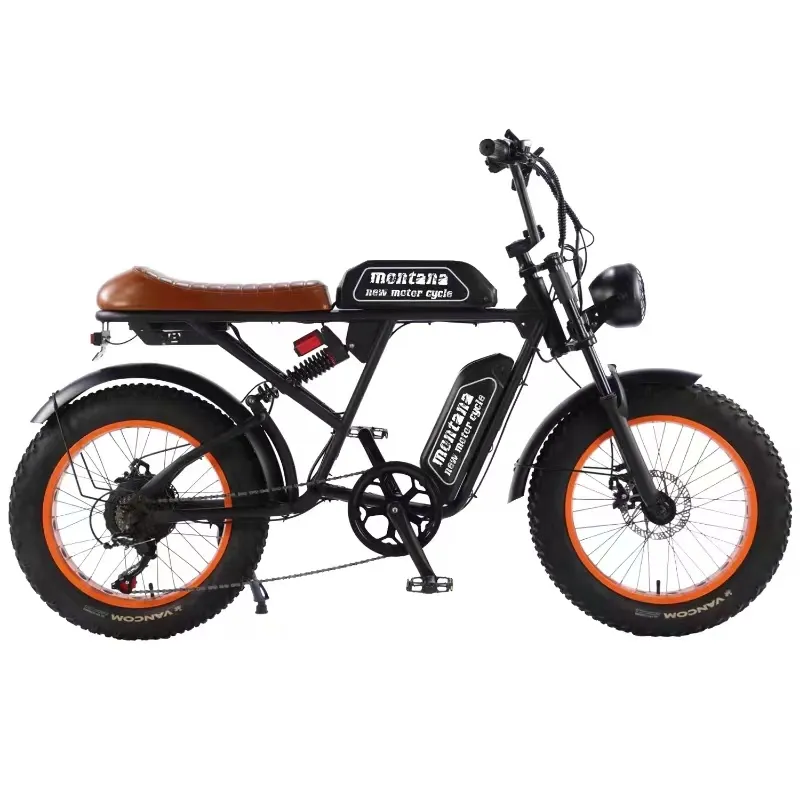9 月 . 26, 2024 03:21 Back to list
how to install a derailleur on a mountain bike
How to Install a Derailleur on a Mountain Bike
Installing a derailleur on a mountain bike can seem intimidating, especially for novice cyclists. However, with the right tools and a little guidance, you can successfully install or replace your derailleur, improving your bike’s shifting performance. In this article, we’ll take you through the steps necessary to install a derailleur on your mountain bike.
Tools and Materials Needed
Before you begin, gather the following tools
1. New derailleur Make sure it’s compatible with your bike’s gear system. 2. Screwdriver Typically, a Phillips head screwdriver is needed. 3. Allen wrench set For bolts securing the derailleur to the hanger. 4. Cable cutters To trim the new cable. 5. Bike-specific chain tool If you're replacing or adjusting your chain. 6. Pliers For adjusting cable tension.
Once you have your tools ready, it’s time to start the installation process.
Step 1 Remove the Old Derailleur (if applicable)
If you're replacing an existing derailleur, the first step is to remove it
1. Shift into the highest gear This releases tension on the chain. 2. Unfasten the derailleur Use the appropriate Allen wrench to loosen the bolts securing the derailleur to the hanger. Carefully take the old derailleur off. 3. Disconnect the cable If there’s a shift cable attached, loosen the bolt on the derailleur and remove the cable.
Step 2 Install the New Derailleur
Now that you’ve prepared the bike, it’s time to install the new derailleur
1. Position the derailleur Align it with the derailleur hanger on your bike frame. The derailleur should hang down freely and the guide wheel should be positioned just above the largest sprocket. 2. Attach the derailleur Secure it using the bolts you removed earlier. Be sure they are tightened properly—most derailleur hangers are made of aluminum, which can strip if over-tightened. 3. Connect the cable Feed the new shift cable through the barrel adjuster on the derailleur. Pull it tight and clamp it down with the bolt. Ensure it runs smoothly through all housing, free of kinks.
how to install a derailleur on a mountain bike

Step 3 Adjust the Derailleur
Fine-tuning your derailleur is crucial for optimal performance
1. Set the limit screws On the derailleur body, you will find two limit screws labeled 'H' (high) and 'L' (low). Adjust these screws to control how far the derailleur can move. The 'H' screw should be set so the chain does not overshift to the smallest cog, while the 'L' screw should prevent it from going beyond the largest cog. 2. Check alignment Make sure the derailleur is aligned properly with the sprockets. If necessary, adjust the angle slightly by modifying the position on the hanger.
Step 4 Test Shifting
After installation and adjustments, you’re ready to test the shifting
1. Shift through all gears Spin the pedals while clicking through the gears. All shifts should be smooth and precise. 2. Make minor adjustments If the derailleur is not shifting correctly, use the barrel adjuster to fine-tune the cable tension.
Step 5 Final Checks
Once you are satisfied with the shifting
- Inspect the cable and housing Ensure everything is intact and there are no points of friction. - Take a test ride Go for a short ride to ensure everything is functioning correctly under load.
Conclusion
Installing a derailleur on a mountain bike is a manageable task with the right approach and tools. Regular maintenance, including checking and replacing your derailleur, will significantly enhance your bike's performance and overall riding experience. With practice, this skill will become second nature, allowing you to enjoy the trails with confidence. Happy riding!
-
The Main Application Scenarios of Mountain Bike
NewsOct.29,2024
-
Suggestions for Selecting and Maintaining Mountain Bike
NewsOct.29,2024
-
Characteristics of Kids Balance Bike
NewsOct.29,2024
-
Characteristics of Baby Stroller
NewsOct.29,2024
-
Characteristics and Advantages of Mountain Bike
NewsOct.29,2024
-
Baby Stroller Purchasing Suggestions
NewsOct.29,2024
-
Suggestions for Purchasing Kids Balance Bike
NewsOct.09,2024

